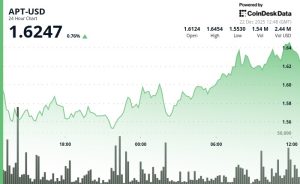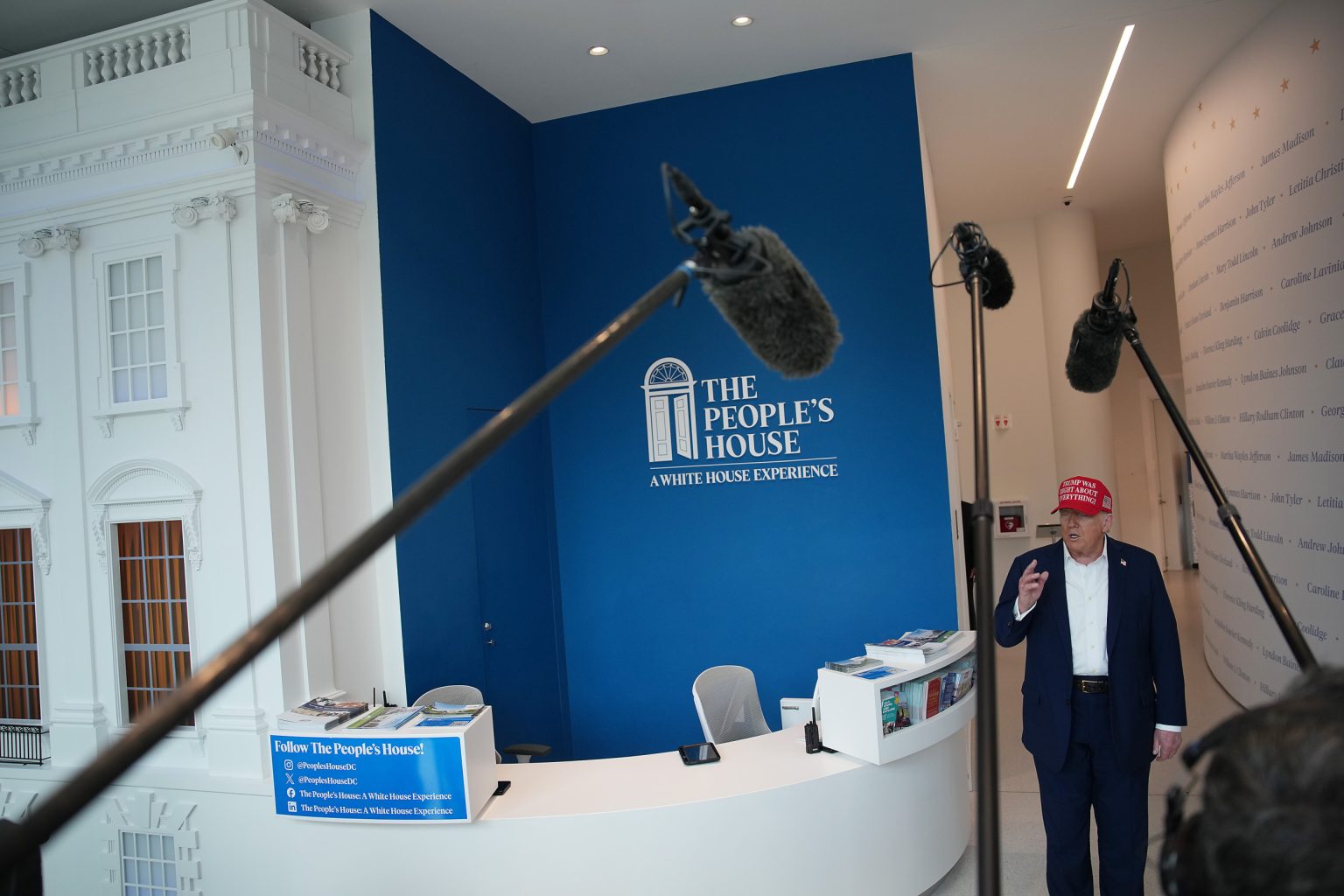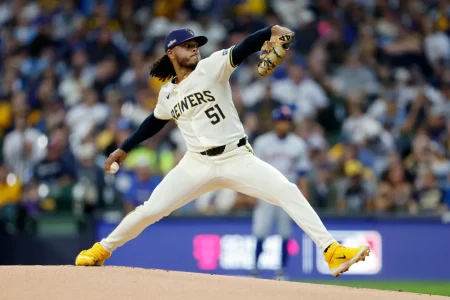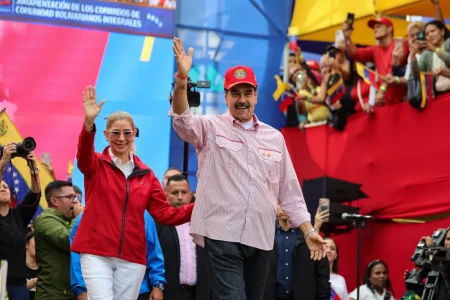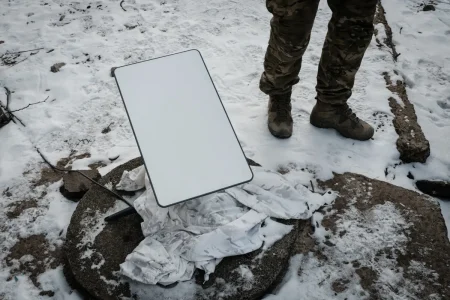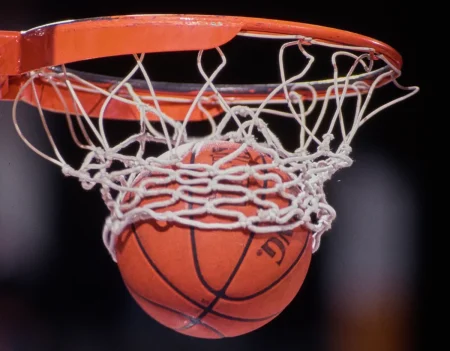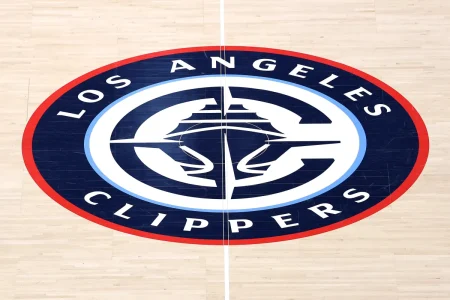Trump’s Media Confrontations: The Revival of a Contentious Relationship
Donald Trump’s return to the White House has reignited his combative stance toward the media, with ABC News becoming the latest target in his ongoing crusade against what he labels “fake news.” Most recently, Trump called for ABC to fire veteran political strategist Donna Brazile following her appearance on “This Week,” where she criticized his administration’s policies. The attack escalated to financial demands, with Trump declaring, “They just paid me $16,000,000 for ‘inaccurate’ reporting, now they should pay me more!!!” This reference to ABC’s earlier $15 million settlement over George Stephanopoulos’s inaccurate statements about Trump’s legal issues demonstrates how the president continues to leverage past media conflicts to fuel current grievances.
This resurgence of Trump’s adversarial media relationship mirrors his first term’s approach, characterized by constant attacks on journalists and news organizations. During her appearance that triggered Trump’s criticism, Brazile described the withdrawal of Kamala Harris’s Secret Service protection as “petty…vindictive…retribution” and challenged the administration’s economic policies, particularly regarding tariffs. She pointedly remarked, “Donald Trump won on affordability, he won on lowering costs and people are paying higher prices at the grocery store and in getting their kids back to school than ever before.” These comments addressing core campaign promises likely touched a nerve with the president, who responded not by addressing the substance of her critiques but by launching personal attacks and financial threats against the network.
The financial dimension of Trump’s media confrontations reveals a strategic approach to managing his public image. Last year’s settlement with ABC News over Stephanopoulos’s statement that Trump had been “found liable for rape” in the E. Jean Carroll case resulted in a significant financial arrangement, with $15 million directed toward Trump’s presidential library and $1 million covering his legal fees. The network also issued a public apology and correction, noting that while a Manhattan jury found Trump liable for sexual abuse and defamation with $5 million in damages awarded to Carroll, he was not found liable for rape specifically. Trump now appears to view this precedent as leverage for extracting additional financial concessions whenever he perceives unfavorable coverage.
Trump’s media criticism has recently extended beyond personal attacks to institutional threats. Just a week before his criticism of Brazile, he labeled ABC and NBC as two of the “most biased” broadcasters ever and suggested the Federal Communications Commission (FCC) should revoke their licenses. This escalation from personal grievances to regulatory threats represents a concerning pattern for press freedom advocates. Critics, including former Vice President Kamala Harris, have suggested that Trump’s approach to media relations could threaten fundamental democratic norms, particularly the independence of the press as a check on government power. The president’s willingness to suggest using federal regulatory agencies against news organizations that displease him raises substantial constitutional questions about the boundaries between presidential authority and First Amendment protections.
The confrontation with Brazile highlights how policy criticism often becomes personalized in Trump’s media approach. Rather than engaging with her substantive points about tariff uncertainties, rising consumer prices, or the administration’s approach to law enforcement, Trump diverted attention to personal attacks and financial demands. Brazile’s critique touched on particularly sensitive political territory—economic performance and the cost of living—issues on which Trump campaigned and now faces accountability. As inflation continues to affect Americans’ daily lives, criticism of his economic policies from prominent political commentators likely represents a significant vulnerability that the administration would prefer to deflect through attacks on the messengers rather than addressing the underlying concerns.
Looking ahead, political analysts anticipate that Trump’s contentious relationship with the media will intensify, especially if his administration faces declining poll numbers ahead of the 2026 midterm elections. The pattern established across both of his presidential terms suggests that media criticism serves multiple purposes in Trump’s political strategy: it rallies his base against perceived elite institutions, deflects from policy criticisms, and creates alternate narratives focused on media bias rather than governmental performance. As economic challenges and policy implementation difficulties potentially mount, the media will likely face increasing hostility from an administration that views journalistic scrutiny not as a democratic necessity but as political opposition to be neutralized. This dynamic poses ongoing challenges for press freedom and the public’s right to information about their government’s activities and effectiveness.

